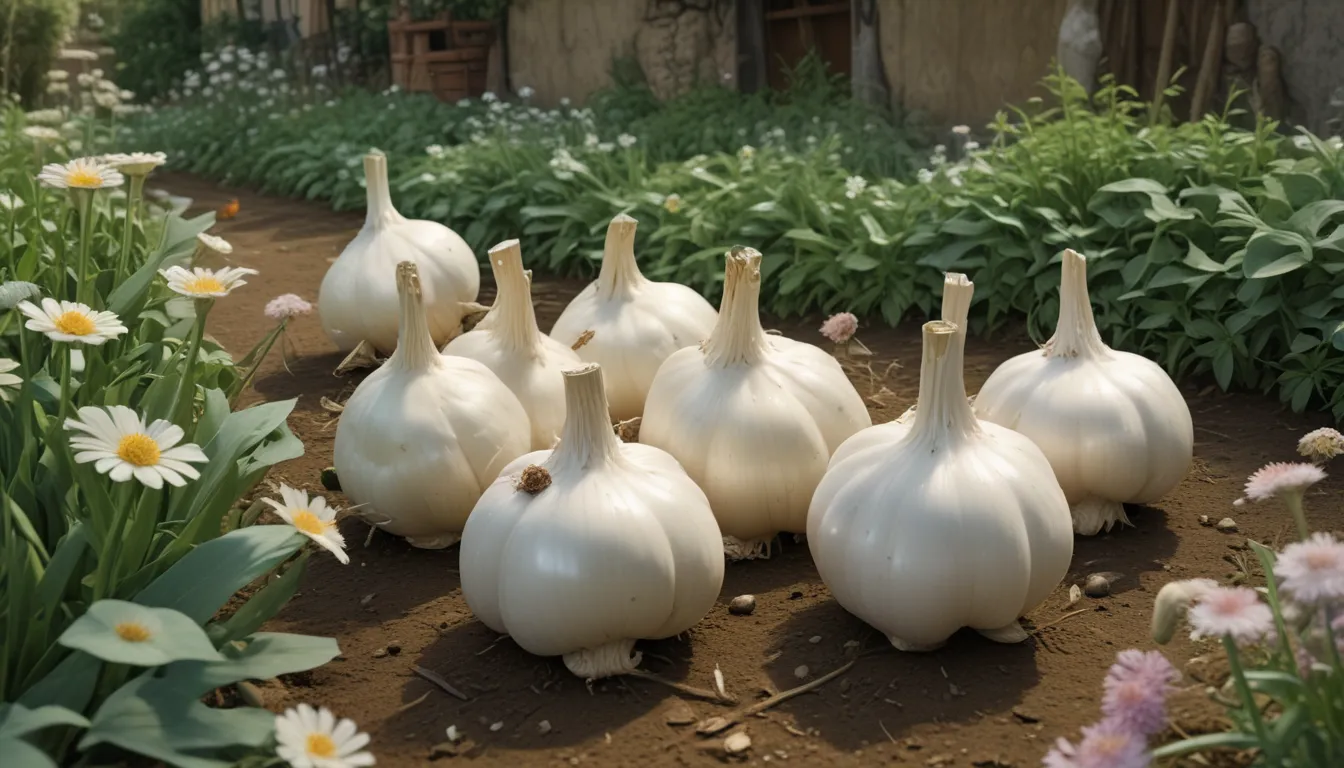Using Garlic As an Effective Pest Control in Your Garden

Are you a fan of garlic in your meals? Well, it turns out this pungent allium can also be a powerful ally in your garden to combat pests. Whether used as a spray or through intercropping, garlic has been proven to be an effective pest control method in various studies.
What You Will Learn
- The Science Behind Garlic-Based Pest Control
- How to Make Your Own Garlic Repellent or Insecticide
- Benefits of Intercropping with Garlic
When it comes to gardening practices, we often follow traditions without questioning their effectiveness. We may have heard about using a water and milk mixture on our zucchinis or placing rocks at the bottom of containers. Similarly, garlic has been long touted as a pest control method, but does it actually work? Let’s dive into the science behind it.
The Science Behind Garlic-Based Pest Control
Research on garlic’s effectiveness as a pest control agent dates back to the 1970s, with many studies focusing on extracts and essential oils. The strong odor of garlic, attributed to its sulfur compounds, acts as a repellent to many insects.
The primary compounds in garlic, such as dimethyl trisulfide and diallyl disulfide, make it unappealing to insects and even toxic to some. For instance, garlic has been found to be lethal to yellow mealworm larvae and spined soldier bugs in various studies.
Additional research has shown that intercropping garlic with other crops can help reduce pest infestations. For example, garlic has been effective against gall midges, cabbage flies, sweet potato whiteflies, and other common pests. It has also shown repellent properties against nematodes, slugs, and root-knot nematodes.
However, garlic may not be as effective against certain insects like mosquitos, rosy apple aphids, and silverleaf whiteflies. When it comes to mammals, such as rabbits and deer, the results are inconclusive.
Make Your Own Garlic Repellent or Insecticide
Creating your own garlic spray is a simple process that involves blending garlic cloves with water and straining the mixture. Here’s a quick guide to making your garlic spray:
- Peel the garlic cloves and blend them with water.
- Strain the mixture using cheesecloth to extract the garlic juice.
- Transfer the liquid into a spray bottle for easy application.
- Test the spray on a small section of the plant before applying it widely.
Applying the garlic spray on the leaves and stems of your plants every two weeks can help repel pests effectively. You can also use the spray as a soil drench by pouring it around the plant’s drip line.
Intercropping
Intercropping garlic with other crops is a smart strategy to repel pests and suppress weeds. Experimenting with different planting distances and methods can help you find what works best for your garden. Keeping a gardening journal to track your success is a helpful way to refine your practices over time.
Whether you choose to use garlic spray or intercropping, incorporating garlic as a pest control method in your garden can yield positive results. Join the conversation by sharing your experiences in the comments so others can benefit from your insights.
Have you ever considered using garlic as a pest control method in your garden? Give it a try and see the benefits for yourself!
- Benefits of Black Garlic and How to Use It
- 9 of the Best Companion Plants to Grow with Garlic
- The Three Ways to Propagate Garlic
- 7 Reasons Why Garlic Leaves Fall Over
Share your experiences in the comments and help spread the word about the effectiveness of garlic in pest control!





